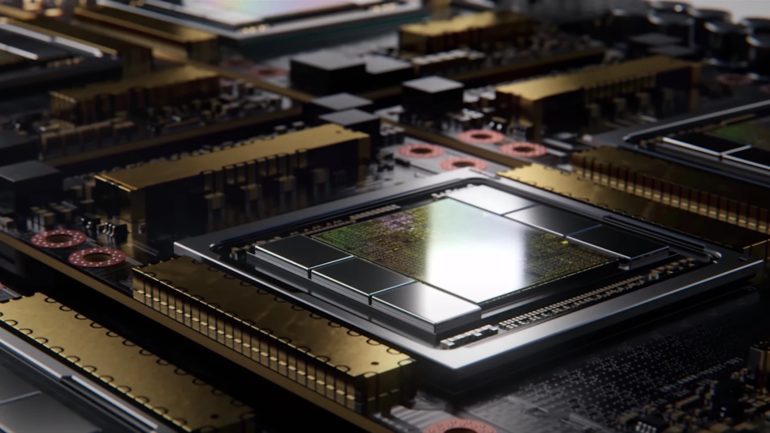Nvidia has unveiled a new strategy for lowering the energy consumption of data centres processing enormous volumes of data or training AI models: liquid-cooled graphics cards. The business revealed at Computex that it will be releasing a liquid-cooled version of its A100 compute card, which will consume 30% less power than the air-cooled version. Nvidia also promises that this isn’t a one-time event and that more liquid-cooled server cards are on the way, as well as hints at transferring the technology to other applications such as in-car systems that need to stay cool in small areas. Of all, Tesla’s recent chip recall demonstrates how difficult this may be, even with liquid cooling.
According to Nvidia, lowering the energy required to execute complicated computations could have a significant impact – the company claims that data centres consume more than 1% of global electricity, with cooling accounting for 40% of that. Reducing it by nearly a third would be significant, however, it is worth noting that graphics cards are only one component of the equation; CPUs, storage, and networking equipment also consume power and require cooling. According to Nvidia, GPU-accelerated systems with liquid cooling would be significantly more efficient than CPU-only servers for AI and other high-performance activities.
According to Asetek, a leading maker of water cooling systems, there’s a reason liquid cooling is popular in high-performance use cases ranging from supercomputers to specialised gaming PCs and even a few phones: liquids absorb heat better than air. And, once you have warm liquid, it’s pretty simple to move it somewhere else to cool down, as opposed to trying to cool down the air in an entire building or increasing airflow to the exact components on a card that are leaking out all the heat.

